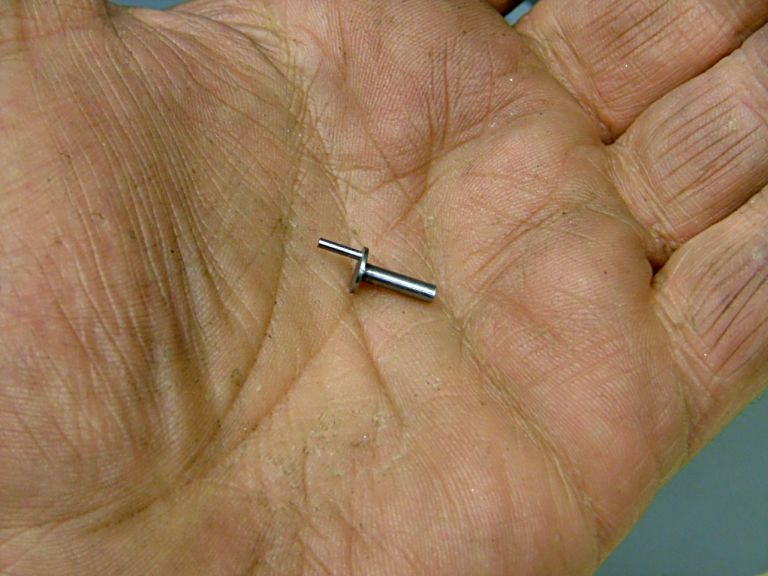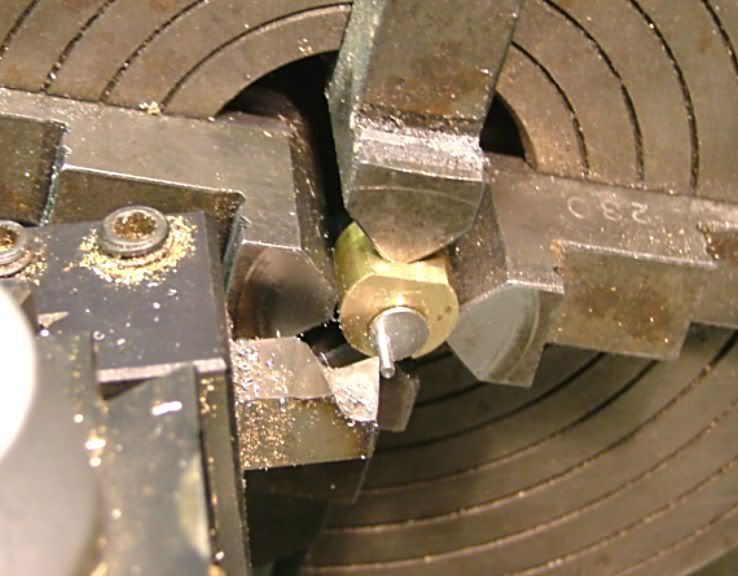fcheslop
Well-Known Member
Hi, if as you originally posted you wish to build around the 3ft mark have a look for Peter Arnot V twin design
Im not sure what is available on the net ,It is a very good design of about 5/16 or 3/8 bore and around 1/2 stroke from memory. He did a build in one of the Model Boat mags early 1990s from memory. The build included a nice boiler and burner set up .He later did another series with a V4 all oscillators and the V4s boiler is a very good steamer I used this one in my River Queen
The engine John posted the link to is also a nice runner although from memory I think there was an error over the regulator holes positioning or the servo arm.
I have built that idea to Basil Harley Victoria dimensions around 5/16 bore 1/2 stroke
The Victoria plant drawings are on the John tom site
There are some drawings for nice piston valved engine its again a V twin and again you get foreward/reverse from one servo. They have been redrawn to twice the original design and you can find the original drawings on the net.
http://www.vapeuretmodelesavapeur.com/accueil/index.html
http://www.vapeuretmodelesavapeur.com/telechargements4/bicylindre-en-v.pdf
http://www.vapeuretmodelesavapeur.com/telechargements4/ensemble-marin-oscillant.pdf
The last link is for Basil Harleys Victoria steam plant and the Hull drawing is still available from the link John gave you to the plans site
best wishes
Im not sure what is available on the net ,It is a very good design of about 5/16 or 3/8 bore and around 1/2 stroke from memory. He did a build in one of the Model Boat mags early 1990s from memory. The build included a nice boiler and burner set up .He later did another series with a V4 all oscillators and the V4s boiler is a very good steamer I used this one in my River Queen
The engine John posted the link to is also a nice runner although from memory I think there was an error over the regulator holes positioning or the servo arm.
I have built that idea to Basil Harley Victoria dimensions around 5/16 bore 1/2 stroke
The Victoria plant drawings are on the John tom site
There are some drawings for nice piston valved engine its again a V twin and again you get foreward/reverse from one servo. They have been redrawn to twice the original design and you can find the original drawings on the net.
http://www.vapeuretmodelesavapeur.com/accueil/index.html
http://www.vapeuretmodelesavapeur.com/telechargements4/bicylindre-en-v.pdf
http://www.vapeuretmodelesavapeur.com/telechargements4/ensemble-marin-oscillant.pdf
The last link is for Basil Harleys Victoria steam plant and the Hull drawing is still available from the link John gave you to the plans site
best wishes











